Documenting Damage: The Importance Of Records Post-Hurricane
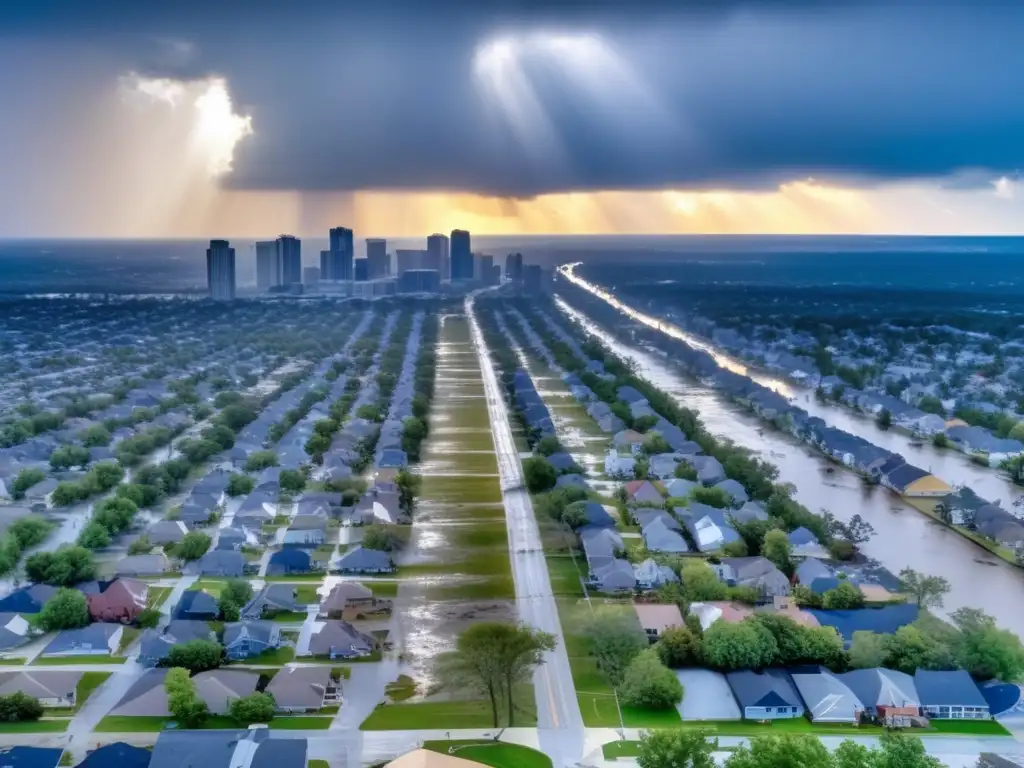
Documenting Damage: The Importance of Records Post-Hurricane
Introduction
Hurricanes can bring devastation to communities in their paths. These natural disasters cause destruction to infrastructure, homes, and personal property. An important part of the recovery process after a hurricane is documenting the damage caused. This documentation plays a crucial role in the insurance claim process, aid distribution, and rebuilding efforts. In this article, we will explore the importance of documenting damage post-hurricane and provide tips on how to effectively do so.
The Importance of Documenting Damage

Insurance Claims
One of the most important reasons to document hurricane damage is to assist with insurance claims. Insurance companies require detailed records and proof of damage before they can process claims. In order to ensure that you receive the appropriate compensation for the losses you've sustained, it's essential to take pictures and videos of the damage. It's also important to have written notes detailing the extent of the damage, including any structural damage or loss of personal property.
Be sure to document the damage as soon as possible. Waiting may cause further damage or result in inaccurate documentation. Make sure that all images are clear and show the true extent of the damage. It's also important to keep receipts and invoices for any repairs or replacements that you have to make.
Aid Distribution
Documenting damage doesn't just help with insurance claims, but it also helps with the distribution of aid. After a hurricane strikes, aid organizations and government agencies may provide assistance to those affected. Accurate documentation of the damage can help these organizations determine who needs aid the most and what type of assistance they require.
It's important to note that aid organizations typically have specific requirements for documentation. Be sure to research what documentation is required by these organizations so that you can provide the necessary information.
Rebuilding Efforts
Accurate documentation of damage also plays a crucial role in rebuilding efforts. This documentation helps builders and contractors understand the extent of the damage and what needs to be rebuilt or repaired. It also provides them with information on the types of materials that were used, which helps them make informed decisions about rebuilding.
Moreover, documenting damage can help prevent future damage. For instance, if a hurricane caused a tree to fall on your property, taking pictures can assist in deciding whether to remove other trees near the house that may pose a risk during future storms.
How to Effectively Document Damage
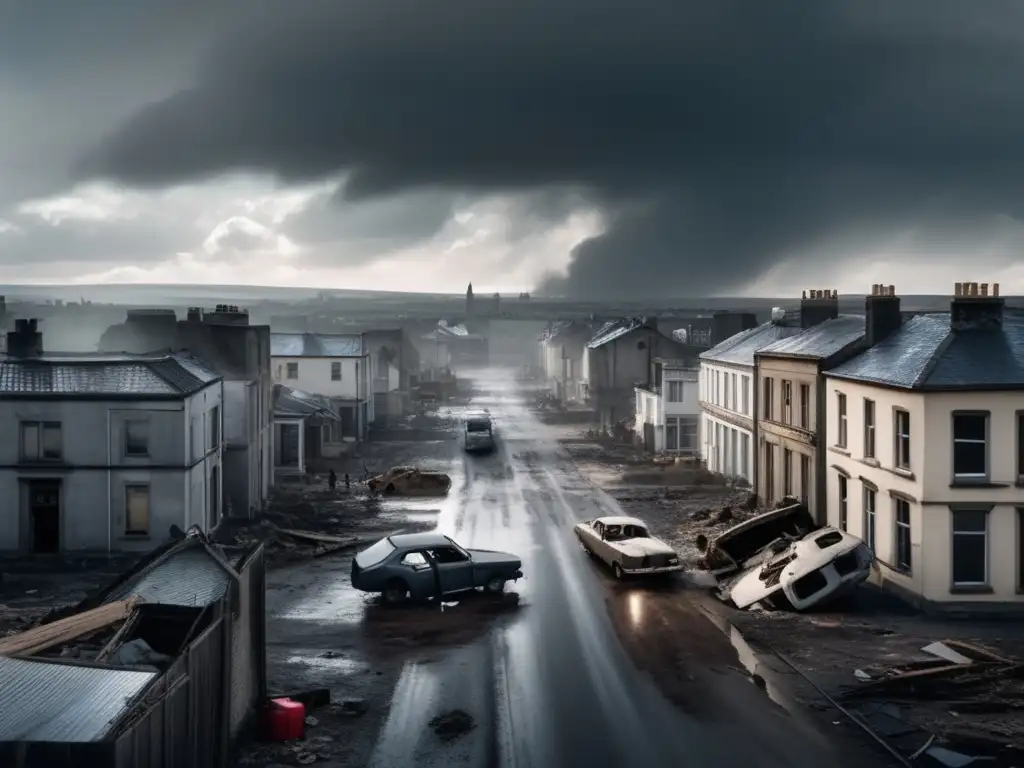
Before the Hurricane Strikes
It's important to prepare for documenting damage before a hurricane strikes. Preparations include:
- Backing up important documents and pictures in a secure location.
- Purchasing a waterproof bag for your camera or phone.
- Having a notepad to write down details of the damage.
After the Hurricane Passes
Once the hurricane has passed, it's time to document the damage. Here are some tips on how to effectively do so:
- Take pictures and videos of the damage from all angles, including the interior and exterior of your home.
- Be sure to capture any damages to personal property as well as structural damages.
- Take note of the date, time, and location of the photos and videos.
- Make a detailed list of the damage, including descriptions and estimated costs of repairs.
- Keep all documentation in a safe and secure location.
Frequently Asked Questions
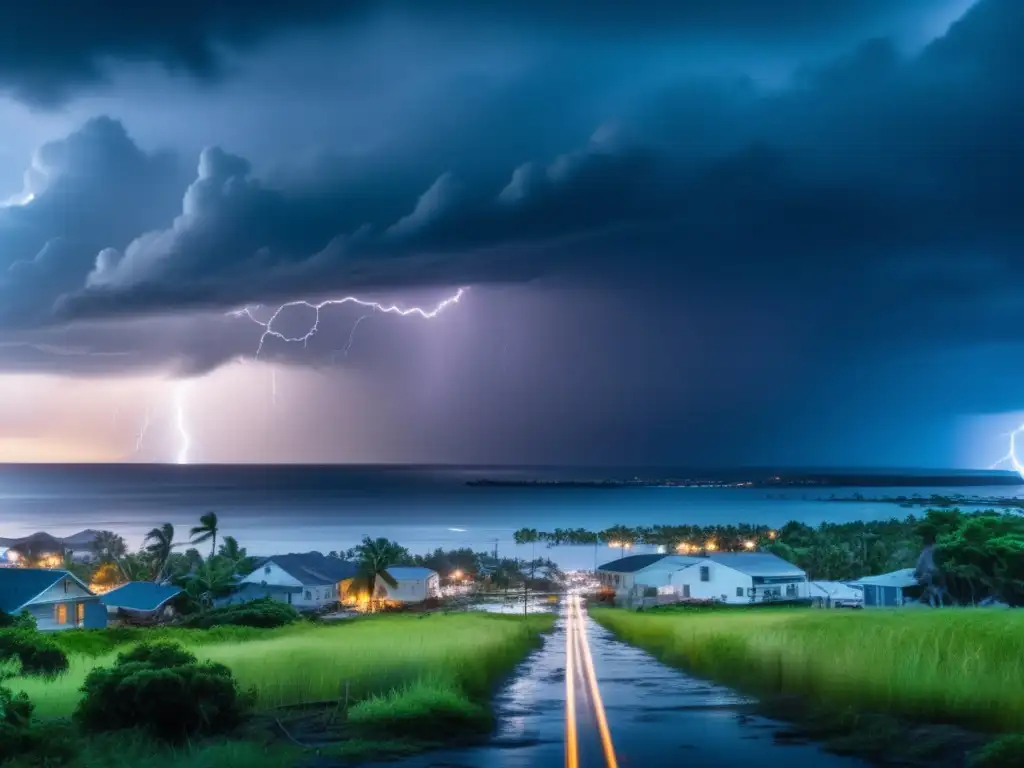
-
What should I do if I don't have insurance?
If you don't have insurance, it's still important to document the damage for aid distribution and rebuilding efforts. You can also contact local organizations that may provide assistance to those affected by the hurricane.
-
What if the property is not mine?
It's still important to document any damage to the property, especially if you are renting or leasing a home or commercial space. The documentation will help your landlord or property owner with insurance claims and rebuilding efforts.
-
What should I do if I'm unable to document the damage myself?
If you're unable to document the damage yourself, you may want to hire a professional. Some insurance companies may also send a claims adjuster to document the damage and assess the losses.
-
How long should I keep the documentation?
You should keep the documentation for as long as possible. It's always better to be safe than sorry, especially since hurricanes can have long-term effects on a community.
-
Can I use social media to document the damage?
Yes, you can use social media to document the damage as long as the images and videos are clear and show the true extent of the damage. However, it's still important to keep a hard copy of the documentation in a secure location.
Conclusion
Documenting damage is a crucial part of the recovery process after a hurricane. It helps with insurance claims, aid distribution, and rebuilding efforts. Effective documentation requires preparation before the hurricane strikes and proper documentation after it passes. By documenting the damage accurately, individuals and communities can receive the assistance they need to recover and rebuild.
It's important to remember that hurricanes are unpredictable and can have long-term effects on communities. By taking the necessary precautions and documenting the damage, individuals can better prepare for future hurricanes and minimize their impact.
Additional Resources
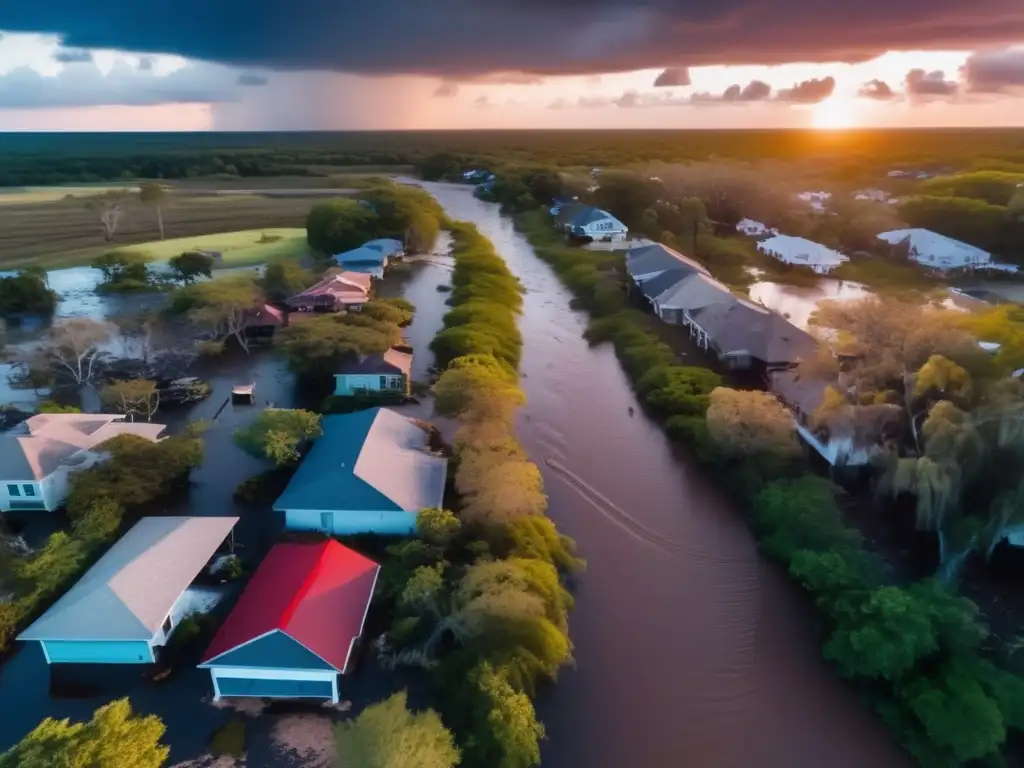
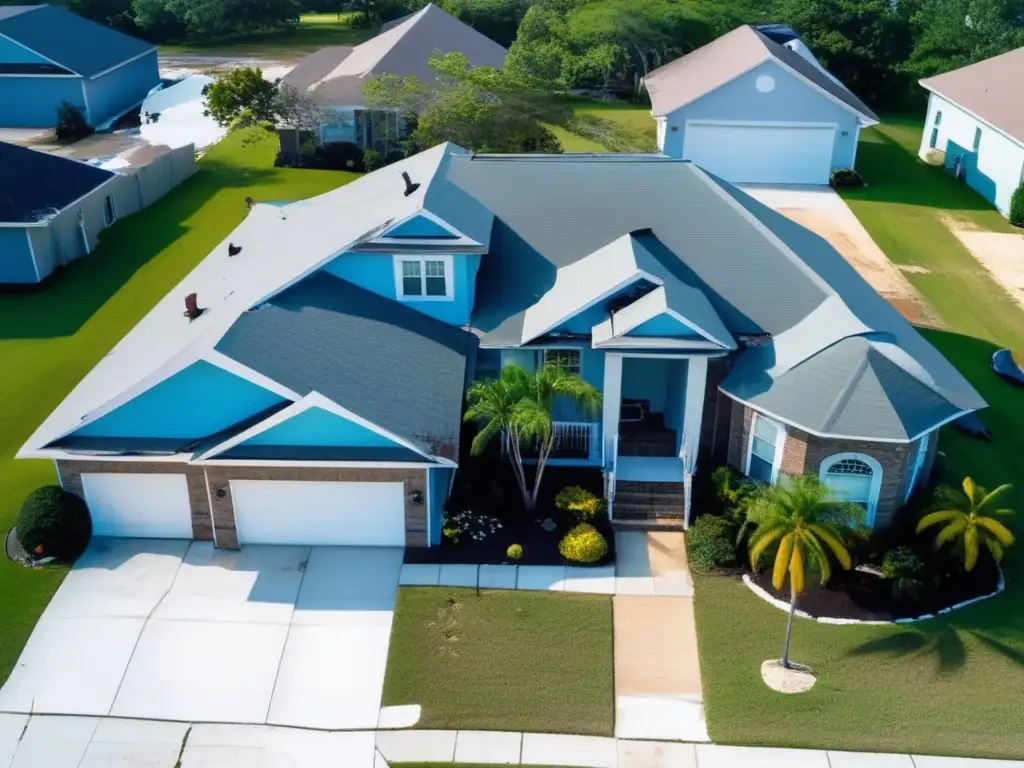 Assessing And Repairing Roof Damage After A Hurricane
Assessing And Repairing Roof Damage After A Hurricane Keeping Spirits High: Staying Positive During Recovery
Keeping Spirits High: Staying Positive During Recovery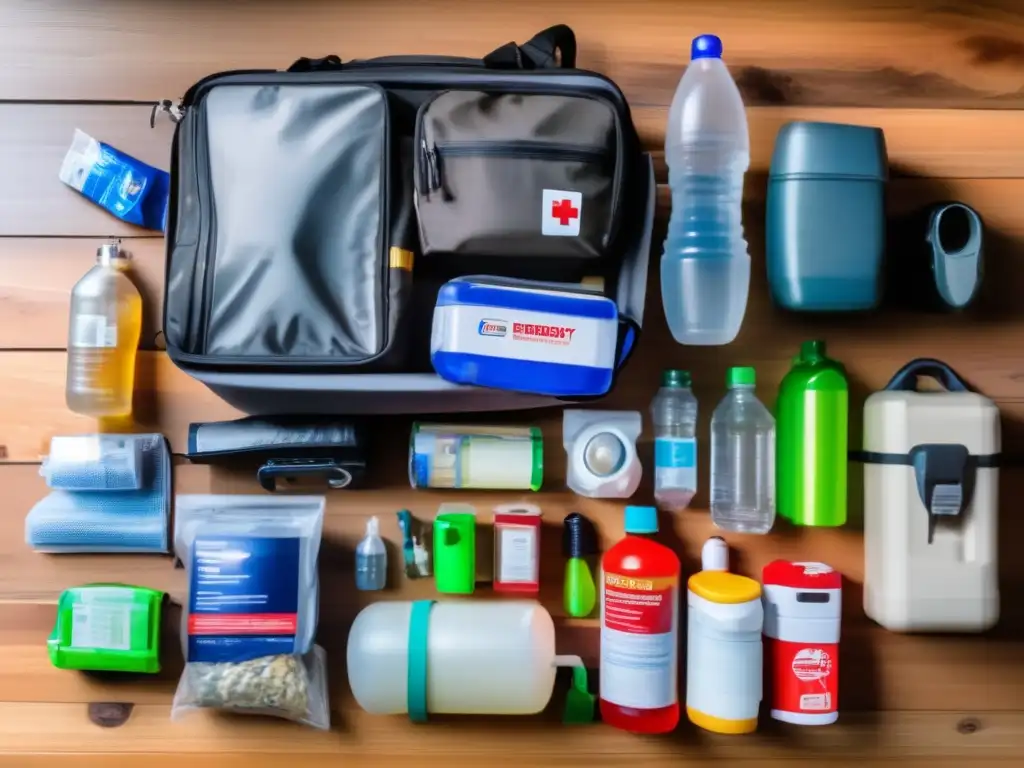 Restocking Essentials: Rebuilding Your Emergency Kit After A Hurricane
Restocking Essentials: Rebuilding Your Emergency Kit After A HurricaneIf you want to discover more articles similar to Documenting Damage: The Importance Of Records Post-Hurricane, you can visit the Hurricane recovery: category.
Leave a Reply

Articulos relacionados: